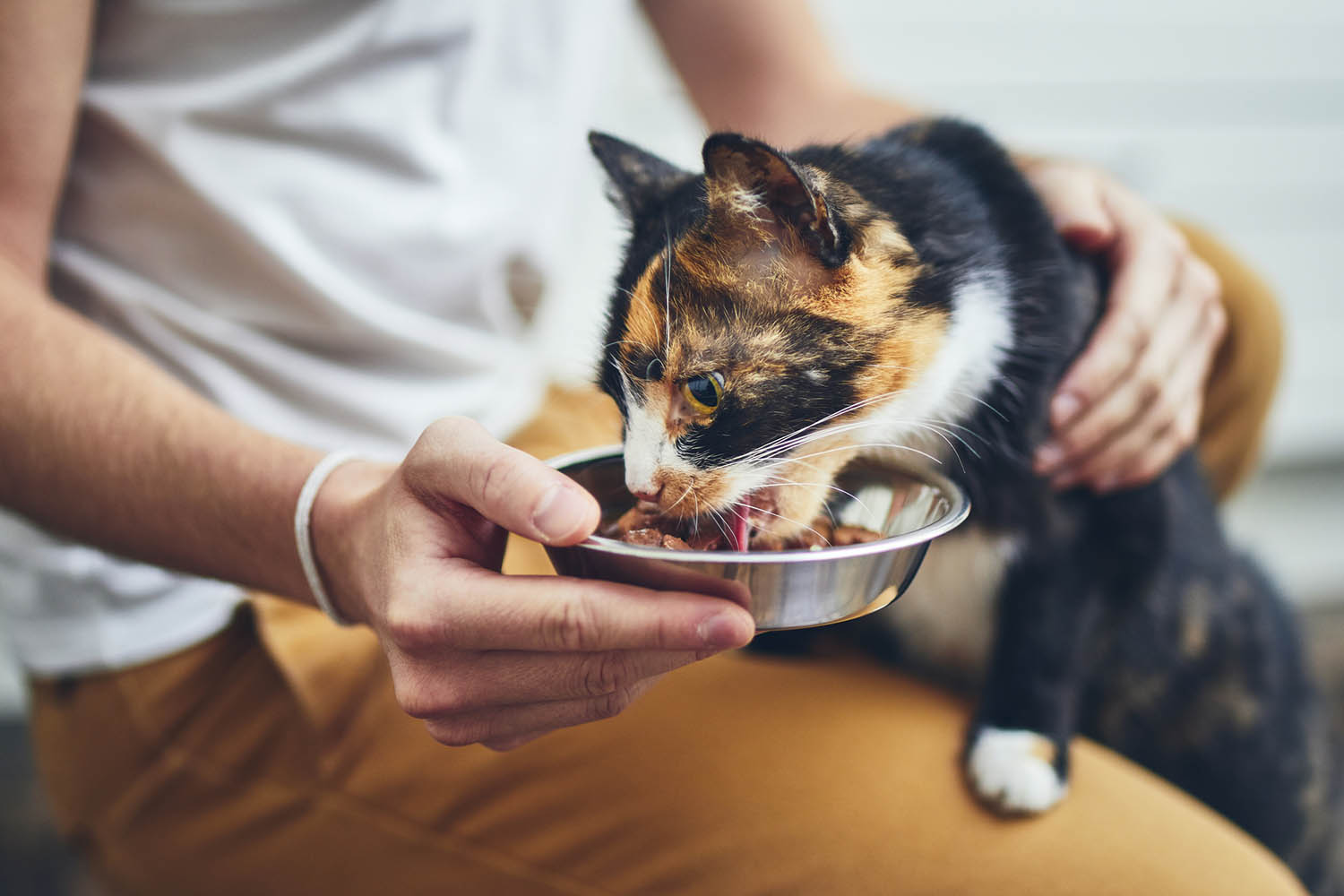If you’re wondering exactly how each of the more than 40 nutrients required for your dog plays a role in his or her health, we’ve created a new interactive infographic series to make finding out simple.
The Pet Food Institute (PFI) recently launched “Nutrition from Nose to Tail,” a collection of user-friendly interactive infographics that shows the primary roles each nutrient plays in a complete and balanced dog food recipe. From supporting growth, structure and a healthy coat, to helping your pet metabolize protein, fat and carbohydrates for energy, click through to see how nutrients serve as the building blocks of a dog’s health and wellbeing*.
Essential and Other Important Nutrients
A “complete and balanced” pet food recipe contains more than 40 nutrients that are identified by veterinary researchers and nutritionists as essential to supporting a healthy dog, specifically: vitamins, minerals, essential fatty acids, and protein and amino acids. The Association of American Feed Control Officials (AAFCO) sets nutritional standards for the definition of “complete and balanced” based on these nutrients. Additional, non-essential nutrients that serve important functions may also be provided in a complete and balanced diet. We’ve included carbohydrates in this infographic as an example.
Nutrient vs. Ingredient
Nutrients are contained in the ingredients used to create a pet food recipe. Pet food makers can choose from a variety of ingredients that have strict regulatory definitions when formulating a complete and balanced recipe. One ingredient can serve as a source of many nutrients. In addition to an ingredient’s nutritional function, pet food makers may consider other factors, such as tastiness to the pet, digestibility, cost to the pet owner and shopper preference.
Why do some of the ingredients have chemical-sounding names? These are often sources of vitamins and minerals. Under the model pet food regulations published by AAFCO, these may be required to be listed by their chemical names, such as pyridoxine hydrochloride (which is a source of pyridoxine, also known as vitamin B6) or thiamine mononitrate (which is a source of thiamine, also known as vitamin B1).
What About Cats?
Cats have their own unique nutritional needs that we will discuss in a “Nutrition from Nose to Tail: Cat Edition” in 2018. In the meantime, we reviewed some of the differences in a recent blog post, available here.
*Sources:
National Research Council. Nutrient Requirements of Dogs and Cats. The National Academies Press, 2006.
Hand, Michael S, et al, editors. Small animal clinical nutrition. Mark Morris Institute, 2010.



